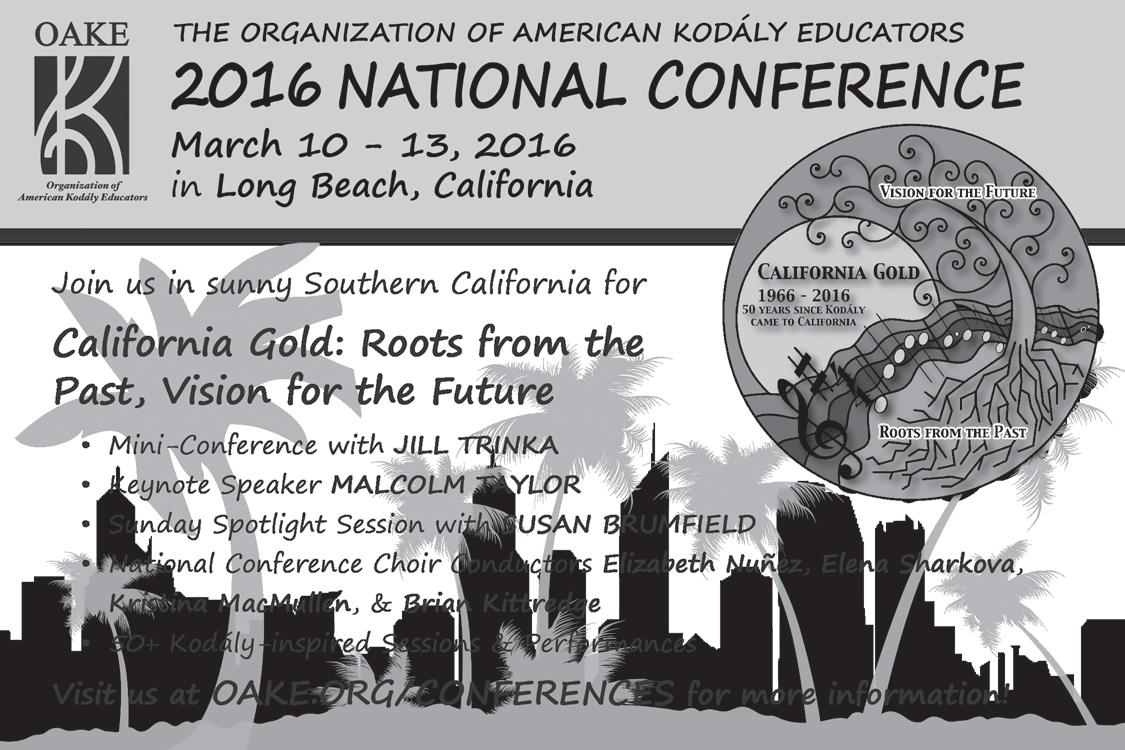
1 minute read
Graduate Student Spotlight continued...
ensembles. He suggests that SES is a powerful predictor of access to music education but that it may not be the only important factor. Selfconcept of students in terms of “who takes orchestra” and the cultural sensitivity of music teachers could also be at play. Lorah, Sanders, and Morrison (2014) studied the relationship between English Language Learners (ELL) status and ensemble participation. They found that ELL were significantly less likely to participate in music ensembles, but when they controlled for socioeconomic status, no significant difference was found. They concluded that SES, not language status, was the primary barrier to participation.
Need for Study
Advertisement
Previous research has shown two troubling trends in access to string education in American public schools. First, numbers of schools offering string education have declined severely from about 60% in 1962 (Leonhard) to about 12% in 1997 (Smith). Second, inequities exist in terms of which students have access to string education: small schools, rural and urban schools, schools serving a high percentage of minority students and schools serving a high percentage of low SES students are the least likely to have string instruction. In addition, it appears that, even where string instruction is available, minority students and low SES students participate at much lower numbers than their white, higher SES counterparts: the demographic makeup of our string education programs, where they do exist, does not closely represent the demographic makeup of American public school students as a whole (Elpus & Abril, 2011).
Although many studies have examined the state of music education in American public schools, few studies have looked specifically at the area of string instruction. This study provides a starting point for understanding the state of string instruction in Oregon high schools in 2015. It provides a baseline for comparison in terms of the number of Oregon high schools that had orchestras in the 2014-15 school year. Additionally, it examines how school size, school location, percentage of minority students, and percentage of low SES students related to access to string education in Oregon public high schools.
Research Questions
The purpose of this study was to address the following questions:
1. What percentage of Oregonian high schools offer string instruction in 2015?
2. What relationship exists between school size and access to string education?
Continued on page 20
College Of Liberal Arts
SCHOOL OF ARTS AND COMM UNICATION





